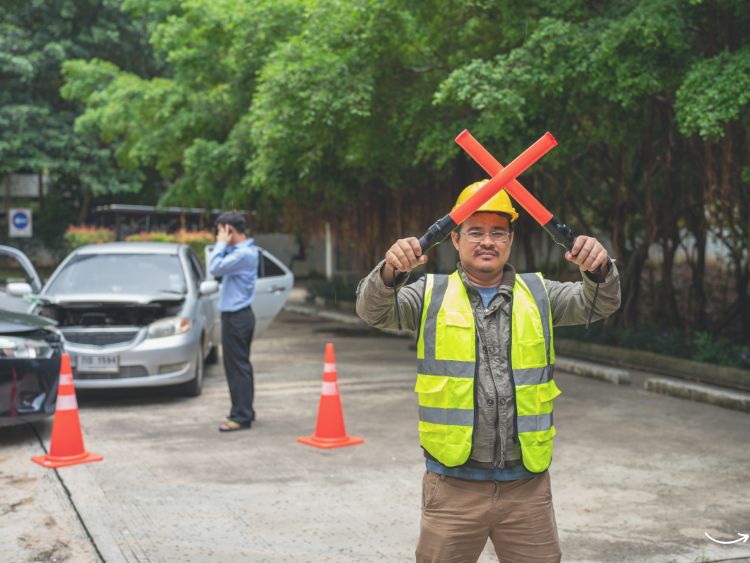Two meanings of accident are:
Unfortunate and unintentional harm caused by an unfortunate event.
An event that occurs by chance.
People would argue that the first definition applies to the driver who caused the collision in the case involving your son. But let’s not forget that. Inattentive drivers who were using their phones and not paying attention caused the accident. Although they may not have intended to hit your son’s car, all the events leading up to it were intentional. The outcome shouldn’t have been surprising. This should not be considered an accident.
Second, accidents should not be attributed to chance or randomness. However, studies show that this is not the case.
Marin Cogan interviewed Jessie Singer about her new book There Are No Accidents. She explained that the term “accident” has many problems. Accidents should be random, right? Unpredictable. It would make sense if accidental deaths were randomly distributed throughout the country. But it isn’t. We can see that most deaths by accident occur in the Black community, as well as those living in poverty.
This statement was confirmed by the Governors Highway Safety Association. In June 2021, they published an Analyse of Traffic Fatalities by Ethnicity and Race. Many studies were reviewed and cited in that analysis.
Motor Vehicle Traffic-Related Pedestrian Morts – U.S. 2001-2010 (Naumann and Beck 2013, wherein the Centers for Disease Control and Prevention [CDC]) analyzed 2001-2010 data of the National Vital Statistics System, (NVSS).
Socioeconomic Differences in Road Traffic Injury During Childhood and Youth: An In-depth Look at Different Types of Road Users (Hasselberg et al 2001). A Swedish Study.
Vision Zero Chicago Action Plan 2017-2019 (City of Chicago 2017, 2017)
2015-2019 Fatality Analysis Reporting System data (FARS).
The research found that fatal traffic accidents are more common among Blacks, Indigenous Peoples and Peoples of Color. The research revealed the following key findings:
Motor vehicle traffic accidents account for a large proportion of deaths when compared to all other causes, especially among Native Americans and Hispanics.
Black children aged 4-15 years had the highest number of pedestrian-related fatalities, as a proportion of all motor vehicle traffic deaths.
American Indian/Alaska Native people have the highest pedestrian deaths due to traffic accidents annually, adjusted for age, of any race/ethnicity.
Low-income and minority communities are more concentrated in census tracts with higher vehicle traffic and faster arterials.
According to a Swedish study, the injury risk for pedestrians/bicyclists was 20-30% higher in children of manual workers than it was among those of high-level salaried employees. This suggests that socioeconomic status may have an impact on the likelihood of a motor vehicle accident.
Other than race, socioeconomic status may also influence the likelihood of being involved in a motor vehicle accident. In the 2017 Vision Zero Action Plan for Chicago, a reference was made to public health data showing that traffic crashes in Chicago are not equally distributed. Chicagoans living in areas of extreme economic hardship are at greater risk of being involved in severe crashes and dying in traffic accidents.
These are the key findings of an analysis of FARS data 2015-2019:
Comparable to all other races, the per-capita traffic fatality rate for American Indian/Alaska Natives was significantly higher than that of any other race.
Blacks had the second highest rate of traffic deaths. This was true for pedestrian traffic deaths, total traffic deaths, and bicyclist deaths.
We must remember that race and ethnicity are both intertwined in the high number of fatalities and crashes involving motor vehicles. These risks include socioeconomic status, and investments in crash prevention. These investments include road infrastructure, traffic enforcement and community engagement. All of these investments are not random or unplanned.
Jessie Singer stated that “it was an accident” is a way of saying that it wasn’t their fault. They weren’t at fault. We focus on the wrong things almost all the time and set up another accident.”



